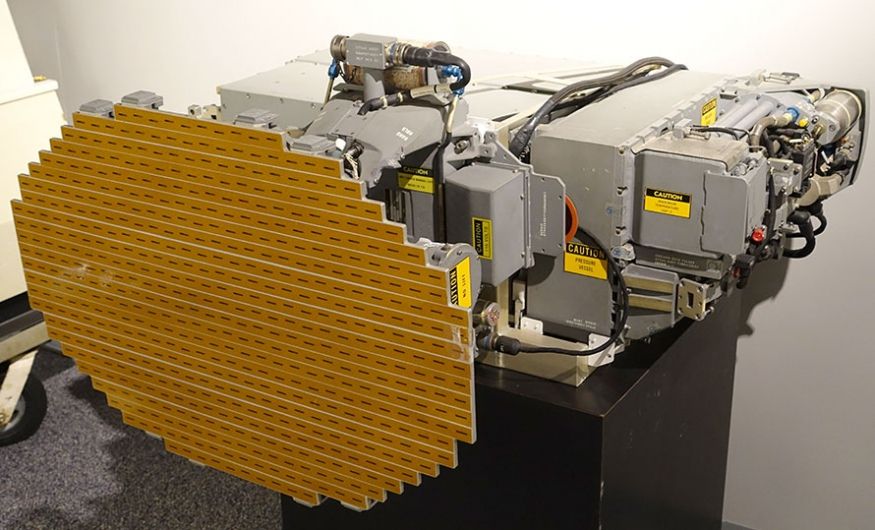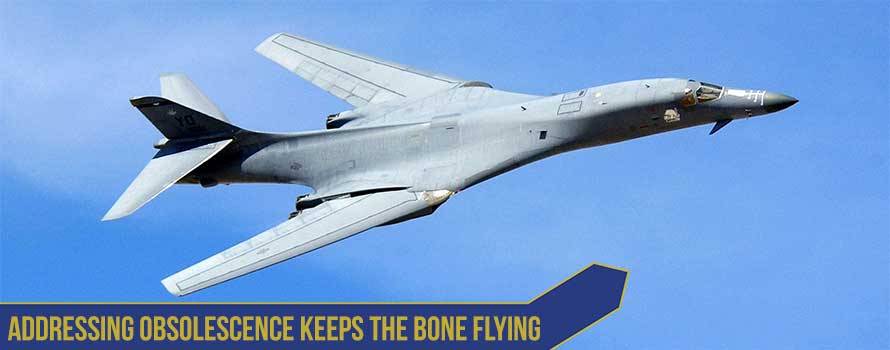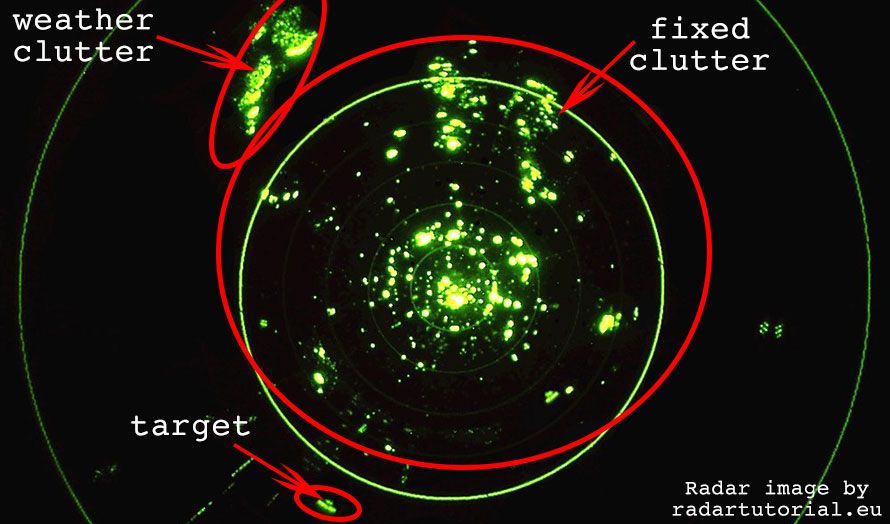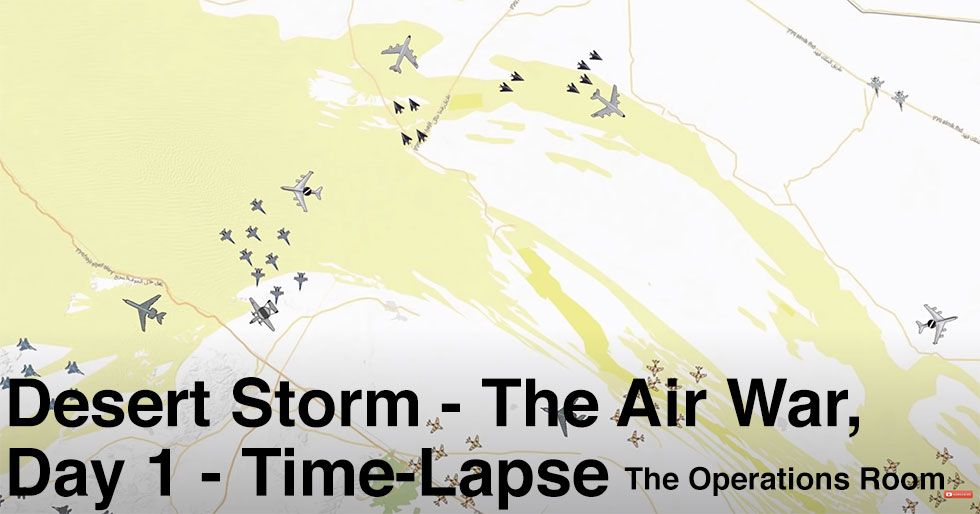The F-16 Fighting Falcon’s original mission profile was to be the U.S. Air Force’s top air-to-air day fighter. Over its forty years of service, the F-16 has evolved into a multi-role, all-weather fighter aircraft.
The development of this fourth-generation aircraft F-16 introduced many innovations. These included the first negative stability and fly-by-wire flight control system, a bubble, frameless canopy, side-mounted control stick, and a pilot’s ejection seat that is reclined to thirty degrees. The pilot’s tilt-back seat and a strengthened airframe enabled the F-16 and its operator to be the first aircraft able to execute 9G turns.
What enables this air superiority day fighter to adapt to an all-weather, multi-role fighter is the upgraded radar system. The F-16 was originally equipped with the AN/APG-66 fire-control radar. This medium-range pulse doppler radar had a range up to 150 km with four air-to-air and seven air-to-ground operating modes for combat, even at night or in poor weather conditions.
Though the AN/APG-66 would experience multiple upgrades that increased its range, speed, and reliability, the F-16 would later be fitted with the AN/APG-68 fire control radar. Like the AN/APG-66, the AN/APG-68 is a pulse doppler radar. This evolution of the AN/APG-66 radar was first introduced to the F-16C/D Block 25. The AN/APG-68 provided the Fighting Falcon several capability improvements that transformed its mission profile from daytime air-to-air to a more versatile all-weather, multi-role fighter aircraft.7 Improvements the APG-68 Offered the F-16 Fighting Falcon
- Greater range – The AN/APG-68 engages targets at greater ranges, up to 184 miles, and with more accuracy than legacy radars.
- More reliability – The AN/APG-68 has a mean time between failure (MTBF) of more than 200 hours, reducing ownership costs.
- Compatibility with LANTIRN pods – The AN/APG-68 enabled the use of Low-Altitude Navigation and Targeting Infrared for Night (LANTIRN) system, increasing combat effectiveness of the F-16 by enabling low altitude flying at night or under-the-weather.
- High-resolution mapping and target detection recognition – the look-down mode uses a medium doppler waveform and signal processing that improves target detection, even with heavy clutter.
- 25 operating modes – the additional operating modes include ground mapping, ground moving target mode, specialist ship mode for maritime operations, and track-while-scan of up to 10 targets simultaneously.
- Ground mapping – The AN/APG-68 has Synthetic aperture radar (SAR) capabilities, which enables high resolution ground mapping for the F-16 to become a day or night, all-weather, precision strike aircraft.
- Improved weapons systems – The AN/APG-68 enabled the F-16 to become even more formidable due to its compatibility with newer air-to-air and ground attack missiles, including Global Positioning System (GPS)-aided precision weapons.
Without operational radar systems, a pilot is essentially blind in the sky, especially in poor visibility and high ceilings. Take away the fire control radar and pilots are unable to detect or engage air and ground targets. It is essential that a fire control radar be dependable and effective in a combat environment and in less-than-ideal weather conditions.
The latest version of the AN/APG-68 is version 9, or APG-68(V)9. It provides the Fighting Falcon with a 30% greater air-to-air detection range than its predecessor. It is equipped in several variants of the F-16D Block 50/52 for nations worldwide.
Backed by 34 years of industry experience and with AS9100C and ISO 9100 certifications, Duotech is a leading source in providing responsive repair and support for your APG-68 Fire Control Radar.


![APG-68 radar in open nose of F-16 Fighting Falcon [LMTAS photo]](http://duotechservices.com/wp-content/uploads/2015/04/apg-68-fire-control-radar-lmtas-f16.jpg)






